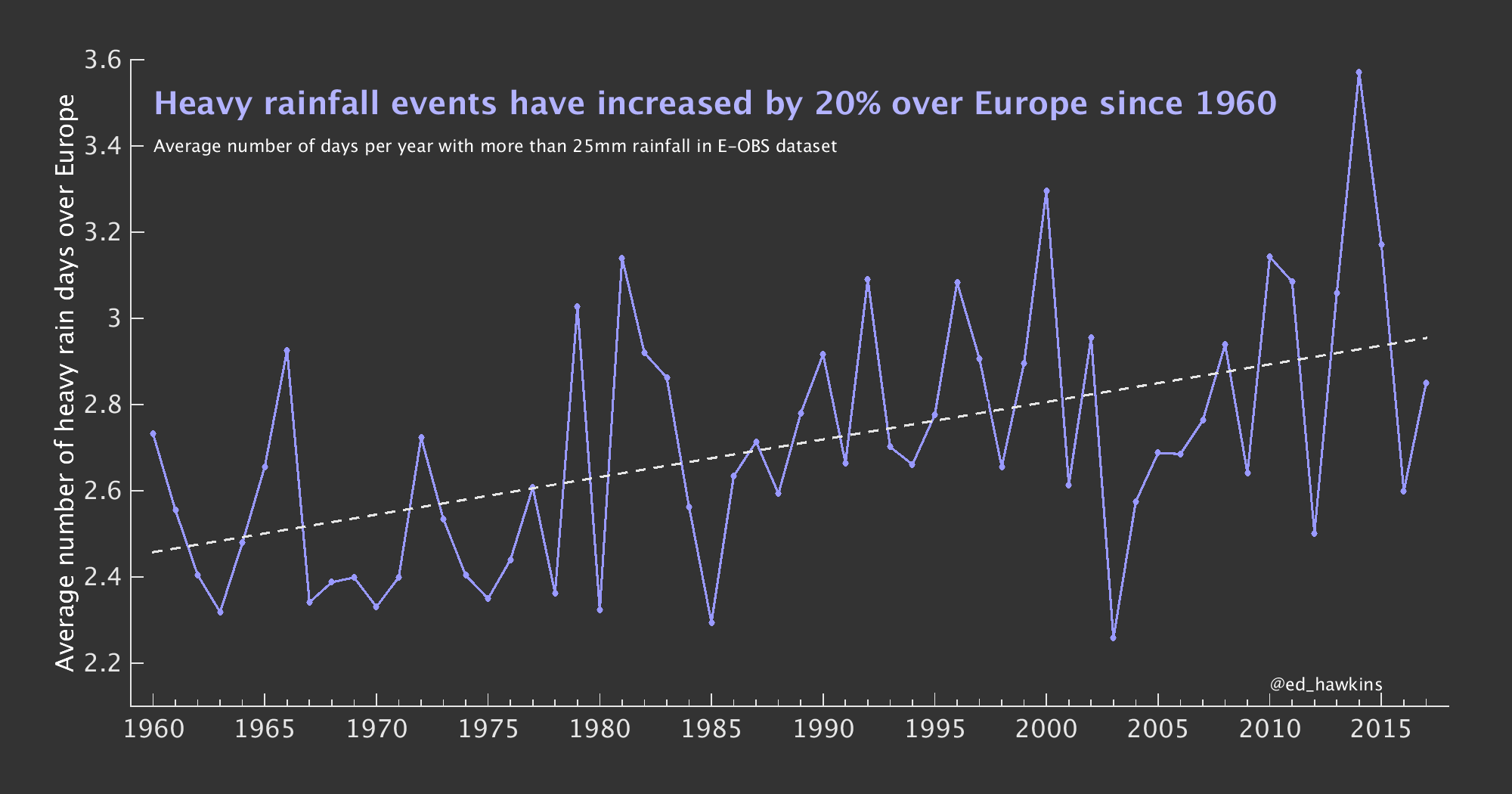Global warming does not mean the same amount of warming over the whole globe. There is a distinct spatial pattern to the long-term changes.
The first map below shows the total change in temperature since the early-industrial era, and the second map removes the global average warming to highlight regions of above and below average warming.
The largest warming is seen in the Arctic, and the land regions are clearly warming faster than the ocean. The striking blue area in the North Atlantic is a region of very little warming, and this is due to a decline in the strength of the Atlantic overturning circulation which brings warm water from the tropics to the northern latitudes.
All these features of the warming have been long predicted in climate model simulations, for example in IPCC AR4 and IPCC AR5.
Technical details: spatial pattern of warming uses approach described in Hawkins et al. (2020) using Berkeley Earth dataset, and the changes are relative to 1850-1900.




